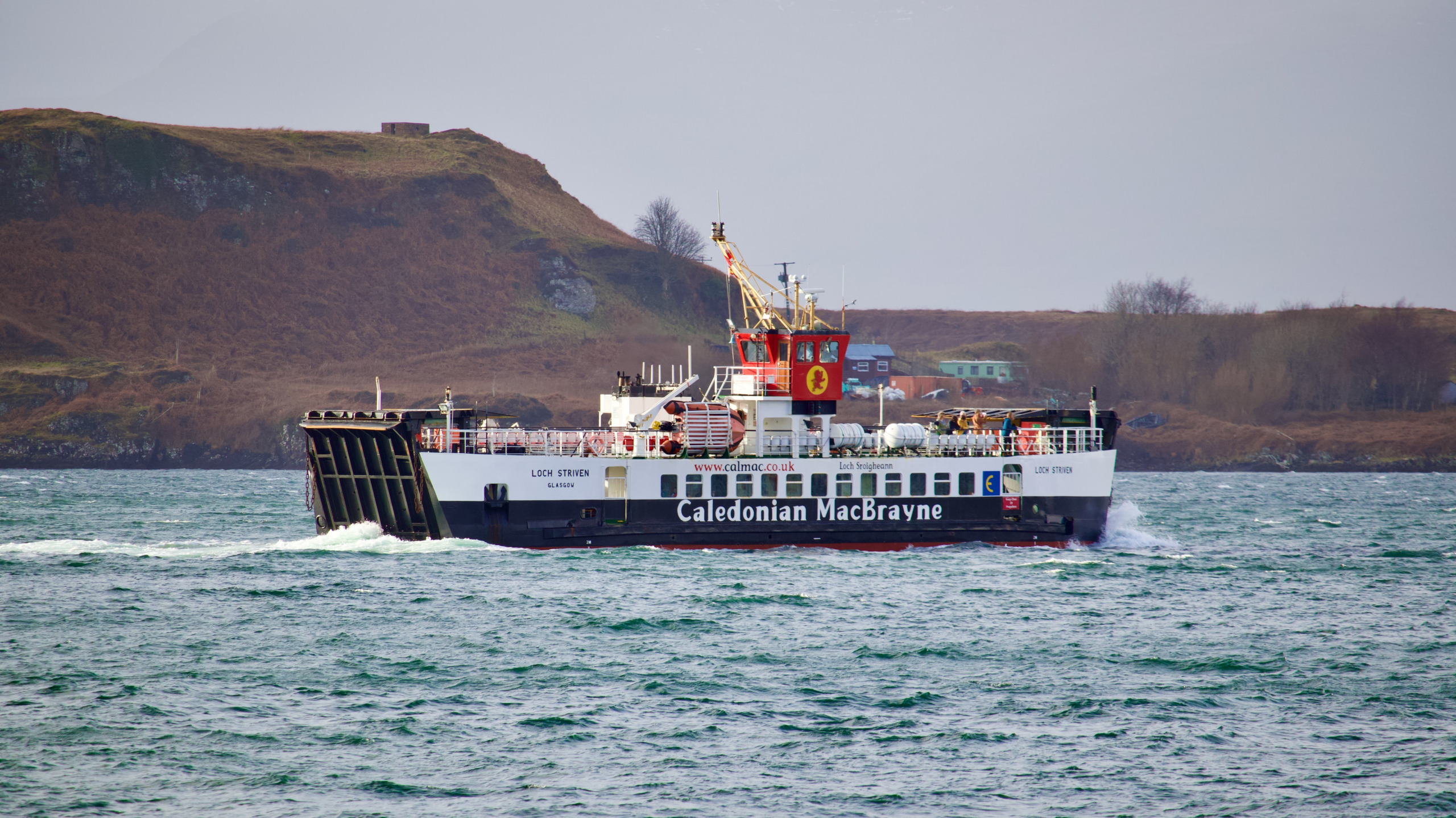Once again the Ferries being built at Ferguson Marine have featured heavily in the Scottish news diet over the last few months. Headlines have screamed about “Ferrygate” – the story of delays and cost overruns to the two new dual-fuel vessels commissioned from Ferguson Marine, and other ferry-related issues. These ferries are indeed five years late and millions over budget and that’s not good- however, it’s worthwhile looking at this single project in context and comparing this project with others.
We don’t see the same screaming headlines about UK infrastructure projects such as the London tube extension Crossrail – which was also five years late and £4 billion over budget – of course that was put down to Covid. There are many other examples – from Hinkley Point to a long list of military projects more than 36 defence projects worth £166 billion are all late and over budget some are even being scrapped. Who could suggest the £120 million spent on the Festival of Brexit or the hideously expensive UK Gov Track and Trace at £37bn was money well spent? HS2 tracking a £120 billion cost versus an origin budget of less than half of that and it won’t even reach Scotland.
But clearly, the most obvious comparison is the supposedly Brexit-busting ferries ordered by the UK Government and then cancelled costing £50 million – that’s right the UK government wasted £50 million on ferries that will never be built – that is context.
A look at the one-sided way Scotland’s ferry services are presented in the Unionist media reveals it as little more than a propaganda effort, which doesn’t deal with the real issues behind the hyperbolic headlines.
Headlines like Stink of Corruption growing over SNP ferry disaster have abounded. But if you dig into the detail, there is no allegation public money has been spent anywhere other than on the yard. In fact, a video on the now state-backed companies website shows a timelapse of the formerly down-at-heel, dilapidated yard being turned into a high-tech facility, which will now be better able to compete for work against other state-supported shipyards across the world. If the ferry contract had not gone there, and the yard had been allowed to fold, Scottish ferries would have to be built in another country. That result would also, no doubt, have called forth headline howls of rage.
The pandemic and resulting supply chain shocks are certainly responsible for part of the delay and cost over-run of the two ships. – but the yard was also not equipped to move from building standard roll-on roll-off ferries to the more high-tech, dual-fuel ones that the transition to net-zero now requires. These can work on either marine diesel oil or liquefied natural gas (LNG), which reduces carbon dioxide, sulphur and nitrous oxide emissions. Transitioning to this type of ferry meant using tools and skills Ferguson Marine didn’t have and which market forces would not have supported them to develop. This is a rapidly developing area of expertise and innovation where Scotland will now be able to compete.
Many infrastructure projects face delays and cost overruns, particularly in recent years, due to the pandemic and the supply chain shocks that engendered. Ferguson Marine faced additional issues to do with its dilapidated state, its lack of appropriately skilled workers and its lack of the cutting-edge software and tools it needed to move into the next phase of shipbuilding. Investing in the yard means merchant shipbuilding on the Clyde now has a future. The company has, for example recently recruited 15 new apprentices.
Connecting Scotland’s islands with the mainland is a complex challenge, the revamped and publicly owned Ferguson Marine Yard will in future be more able to play a vital role in meeting that challenge due to the SNP Government intervention and investment.






Leave A Comment